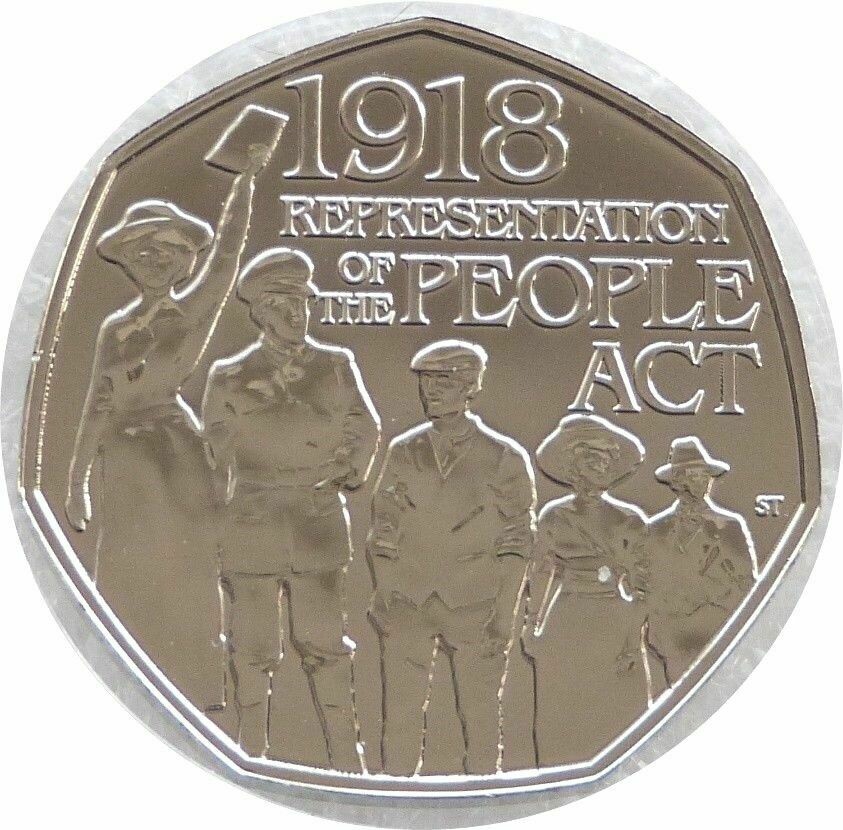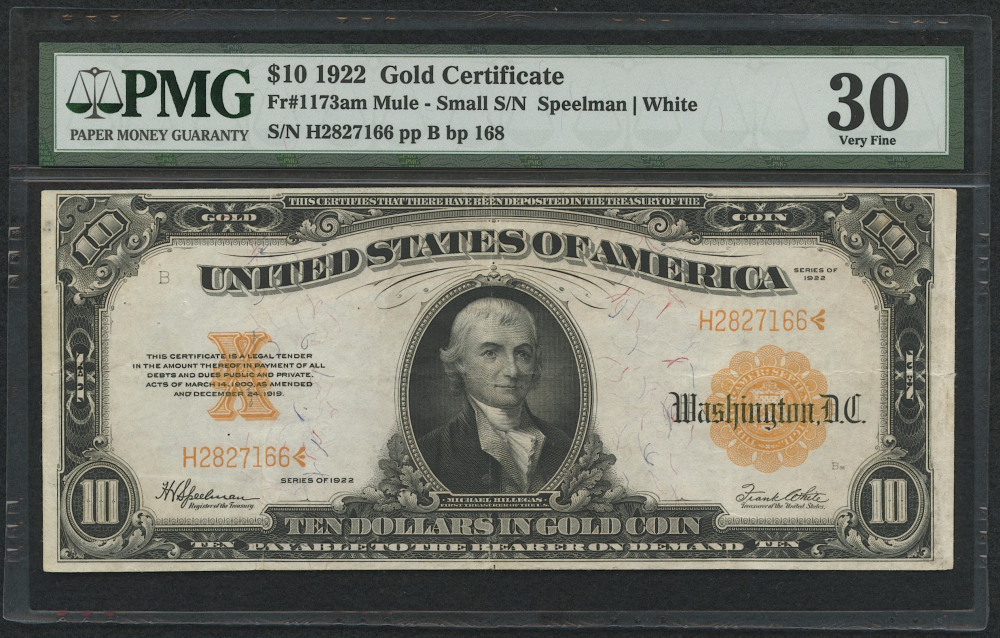
The Pennsylvania Magazine of History and Biography. "Composition of the Money Stock Prior to the Civil War". Despite the attempts by Jackson, Taney and members of Congress to supplant paper currency in favor of “hard-money,” there were over a thousand banks issuing their own notes in small denominations (between $0.01 and $2.50). (3) It shall come into force on such date as the Central Government may, by notification in the Official Gazette, appoint. This led to its near disappearance from circulation after 1834. (1) This Act may be called the Coinage Act, 2011. After the Coinage Act of 1834, silver (which was previously overvalued with respect to gold) became significantly undervalued and was exported to European markets where it was traded at a higher price. As established by the Coinage Act of 1792, silver coins were authorized in denominations of $0.05, $0.10, $0.25, $0.50 and $1.00. money was circulated in both metallic and paper currency. In the first half of the nineteenth century, U.S. After months of drafting and revision, The Coinage Act of 1834 was passed in the House by a vote of 145 to 36 and the Senate passed its version of the bill soon after. The proposed bill was intended to devalue the overvalued silver (revalue the undervalued gold) from which the bank notes derived their monetary worth. While the president’s opponents controlled the Senate, his supporters in the House of Representatives managed to push his agenda in the form of coinage legislation that sought to undermine the circulation of U.S. When Congress convened in December 1833 (known as the “Panic Session”), the credit shortage had managed to intensify the already bitter dispute over the fate of the Bank.

Taney sympathized with Jackson’s hostility towards the national bank and mandated that all federal deposits be withdrawn from BUS as quickly as possible severely curtailing the amount of loans the Bank could issue thereby precipitating a national credit shortage. Taney, as Secretary of the Treasury in 1833. After handily winning re-election, Jackson appointed his Attorney General, Roger B. Therefore, in the summer of 1832, he vetoed a bill that sought to renew the corporate charter for the Bank placing the heated debate over the fate of the national bank squarely in the political spotlight during his re-election campaign. Furthermore, he argued that the Constitution did not give Congress the power to charter a corporation which could operate outside the District of Columbia. national bank would be manipulated by powerful financiers to exploit the nation’s volatile financial system.

Biddle, the Bank’s president, believed that it served to facilitate the exchange of goods and payments by providing a national currency however, Jackson feared that an institution as large as the U.S. Calhoun, Henry Clay and Daniel Webster over the fate of the United States Bank. Since the coinage laws in the Constitution explicitly gave Congress alone. This was the next stage in the banker’s war on America, the removal of silver and eventually gold as well, from the United States money supply. The coinage legislation of 1834 was passed during a contentious political battle between President Andrew Jackson and a contingent of elected officials and bureaucrats led by Nicholas Biddle and Senators John C. T he Coinage Act of 17924 initiated a new statutory system, embodying the common-law and constitutional principles Hamilton had reaffirmed in his Report. On February 12, 1873, the Coinage Act was passed which demonetized silver, by removing the silver dollar as a unit of account. This sped up the process of getting minted coins for gold.
#Coinage act full
It defined the coin weights and allowed the Treasury Department to pay 5 days after deposit at the mint the full amount of the gold. Established a Joint Commission to recommend changes or ideas regarding United States coins and paper money.On Jthe Coinage Act of 1834 was signed by Andrew Jackson.Gave the Secretary the ability to enter into contracts to maintain an adequate amount of clad coins, without regard to public procurement laws.This was taken to reverse the demonetization of the trade dollar. Made all United States coins and banknotes legal tender.Forbade minting silver dollars for five years.This right was exercised in 1966, though the coins minted bore the date, 1964. Allowed the Secretary of the Treasury to continue striking 90% silver coins for up to five years, until the Secretary determined if there was an adequate supply of clad coinage.In addition to the requirements listed above, the act:


It was a response to coin shortages as a result of the rising price of silver.wethrjui5x The Coinage Act of 1965 was a law enacted on Jthat eliminated the silver from the dimes and quarters in circulation and lowered the silver content of the half dollar from 90% to 40%.


 0 kommentar(er)
0 kommentar(er)
